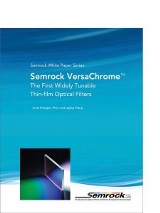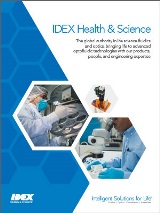

Use the left hand navigation to filter resources by Topic and Media Type.
-
COVID-19 Solutions Brochure
By IDEX Health & Science -
IH&S Corporate Brochure
By IDEX Health & Science -
Choosing Dichroic Beamsplitters with Flatness/RWE Appropriate to the Microscopy Method
By IDEX Health & ScienceWavefront distortion can degrade image quality by reducing contrast or compromising resolution. In several microscopy applications, reducing wavefront distortion is critical to achieving the microscopy method. Specifying and selecting optical filters that minimize wavefront aberration is important to maximize or enable optical system performance. This article elucidates how to select optical filters for high performance microscopy, and provides guidance on choosing Semrock catalog filters for wavefront distortion performance required for applications. Learn More
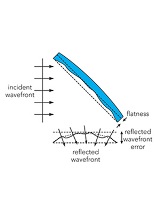
-
Multiband Filter Set Terminology
By IDEX Health & ScienceThere are three types of multiband filter sets for simultaneous multi-color imaging -- the "full-multiband", the "Pinkel", and the "Sedat". Learn More
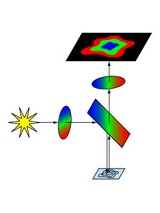
-
Fittings Primer
By IDEX Health & ScienceA guide to fittings selection to determine most compatible fitting for your application. Learn about stainless steel vs peek materials, threads, unions, and more. Learn More

-
Understanding Polarization
By IDEX Health & ScienceIn this article our aim is to answer some basic questions about the polarization of light, including: what polarization is and how it is described, how it is controlled by optical components, and when it matters in optical systems. Learn More

-
Super-Resolution Microscopy
By IDEX Health & ScienceSuper-resolution microscopy allows for the visualization of cellular samples with a resolution similar to that of an electron microscope, yet it retains the advantages of an optical fluorescence microscope. Discover key recent developments in super-resolution microscopy in this white paper. Learn More
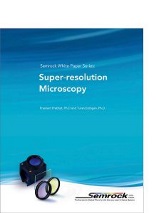
-
Spectral Modeling in Fluorescence Microscopy
By IDEX Health & ScienceGiven the critical role optical filters play in fluorescence microscopy, it is important to understand how such filters transmit both the desired fluorescence signal as well as the undesired background light. Learn more about spectral modeling in fluorescence microscopy in this white paper. Learn More

-
Spectral Imaging with VersaChrome
By IDEX Health & ScienceThis article outlines a novel approach to spectral imaging based on recently introduced tunable thin-film optical filters. Learn More

-
Semrock VersaChrome Tunable Bandpass Filters
By IDEX Health & ScienceVersaChrome has now made possible thin-film bandpass and edge filters that are tunable over a wide range of wavelengths by adjusting the angle of incidence with essentially no change in spectral performance. As a result, many optical systems can now benefit from tunable filters with the spectral and two-dimensional imaging performance characteristics of thin-film filters and the center wavelength tuning speed and flexibility of a diffraction grating. Learn More
